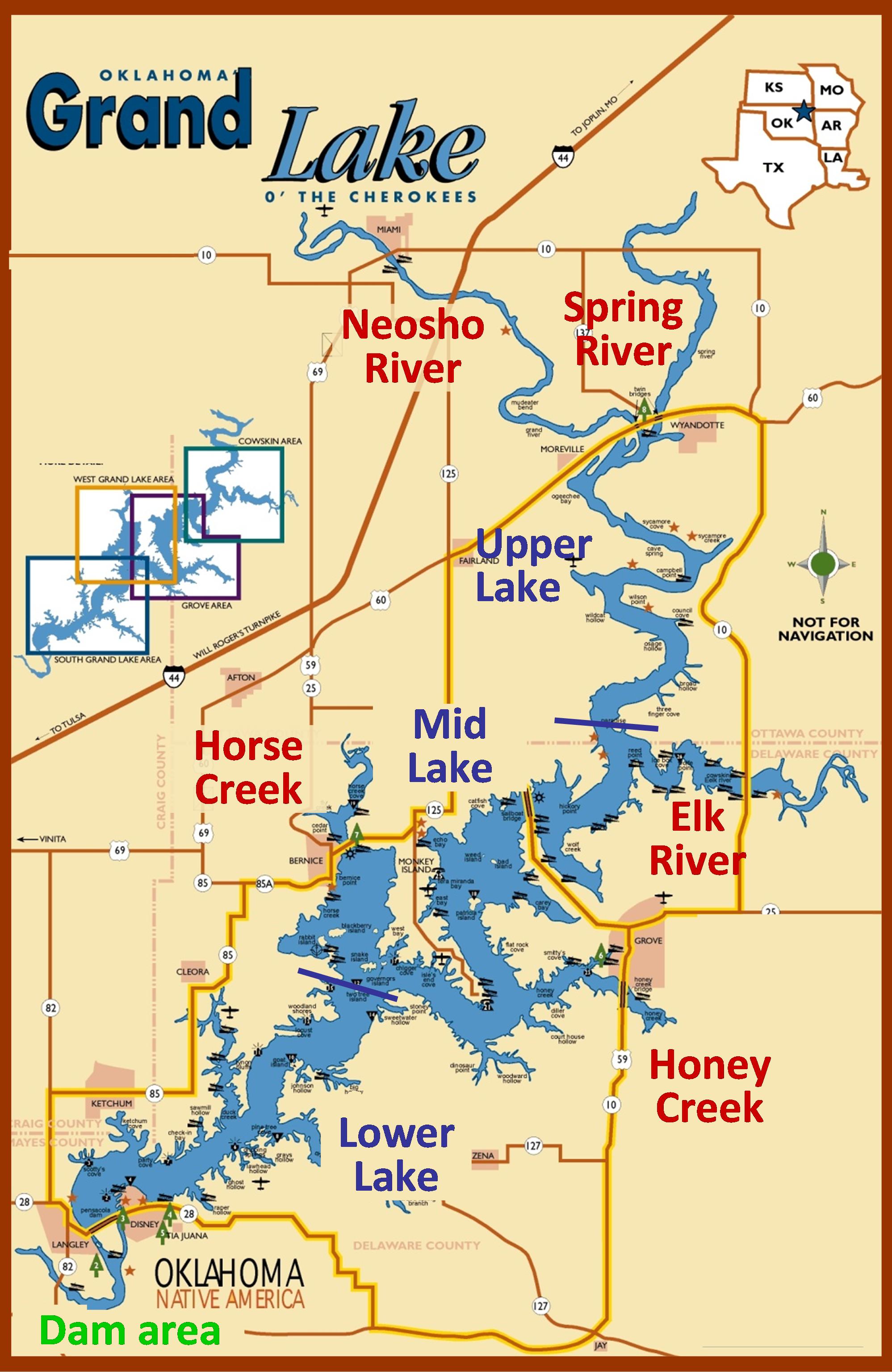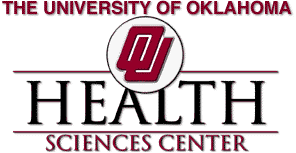
|
Our study area
We tested over fish from all parts of Grand Lake and its major tributaries, including Spring River, Neosho River, Elk River, and Honey Creek. We also tested fish from Lake Hudson.
Our participants live in over 20 towns throughout Ottawa and Delaware Counties and other parts of Oklahoma, Kansas, and Missouri.
|

|
Fish collection and mercury analysis
Some of our fish were donated by study participants and other active fishers in the community. Some of our fish were collected in collaboration with the Oklahoma Department of Wildlife Conservation.
We measured mercury levels in all fish collected. In some samples, we collected additional information to help us understand differences in the ecology of the fish, such as their position on the food chain and their typical diet.
|





